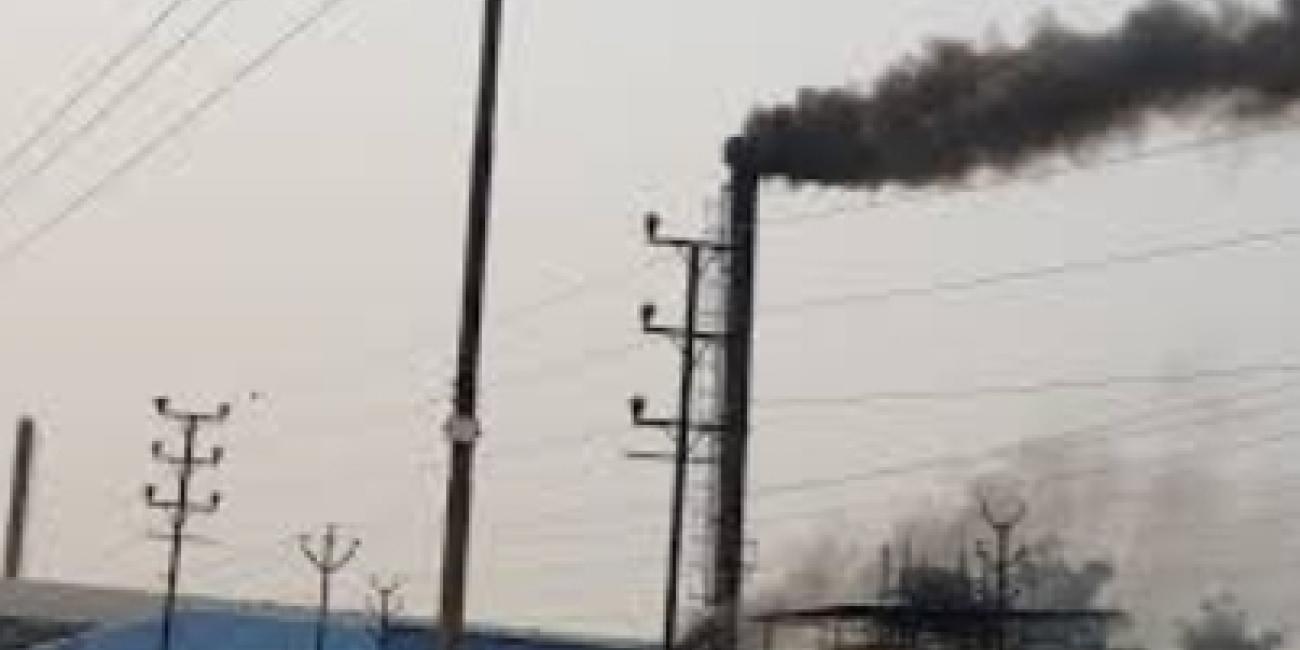A report by a Nigerian researcher has come to damning conclusions about recycling plants in Ogun State
Toxic pollution has reached alarming levels in Ogijo and surrounding communities in Ogun State’s Sagamu Local Government area, with harmful materials detected at levels a thousand times higher than what’s considered safe, according to an investigation by Ojo-Gbenga Nicholas, published in SaharaReporters.
The revelations are shocking and the findings show breaches of several Nigerian environmental laws. It is clear that there needs to be a modernising and better control of tyre recycling in Nigeria. The full report is available here
This pollution has exposed over 11,339 residents to severe contamination, primarily caused by the operations of over 20 foreign companies in the area.
The report claims that the pollution at high levels poses significant health risks, including increased likelihood of respiratory issues, cancer, and other diseases.
The communities are deprived of clean air as they choke under the effect of air that is highly contaminated with carbon dust generated from melting of scraps converted to iron rods, nails, and others through heat by Sundry, and other companies, according to the report
The researchers, on a visit to Ogijo were overwhelmed by the severely polluted air. Upon arriving at the Five Star Junction, a central hub in the community, the air was thick with contaminants, causing irritation and discomfort.
During their stay, the team observed a disturbing phenomenon: black dust generated during industrial production formed a dense, dark cloud that gradually dispersed into the atmosphere, settling as soot on nearby buildings. This toxic haze has become a constant presence in the community.
The Processes That Lead To Black Carbon
Some of the firms in the area use charcoal and firewood to power furnaces filled with disused tyres to produce pyrolysis oil.
The process involved feeding of raw material (waste tyre) into a reactor by full-automatic feeding machine. The reactor will be left with 1/3 space for rotating more smoothly while the door of feeding machine is closed.
The reactor is said to be gently heated by burning the fuel material (coal, wood, natural gas, LPG or tyre oil generated from the last batch). The oil gas will be released when the temperature reaches 100℃.(according to the report).
Heavy oil gas separated by manifold will be liquefied and dropped down into the heavy oil tank. The lighter gas will rise up to the oil condensers, liquefied and stored in the oil tank.
After fuel oil is produced, the reactor will be allowed to cool down. Carbon black will be discharged automatically when the temperature drops. Some other companies convert steel scrap to different products such as rods, nails, etc. through melting.
Scrap is usually melted down in an electric arc furnace (EAF), but can also be added to the mix in a basic oxygen furnace (BOF) to control heat in that part of the steelmaking process.


















